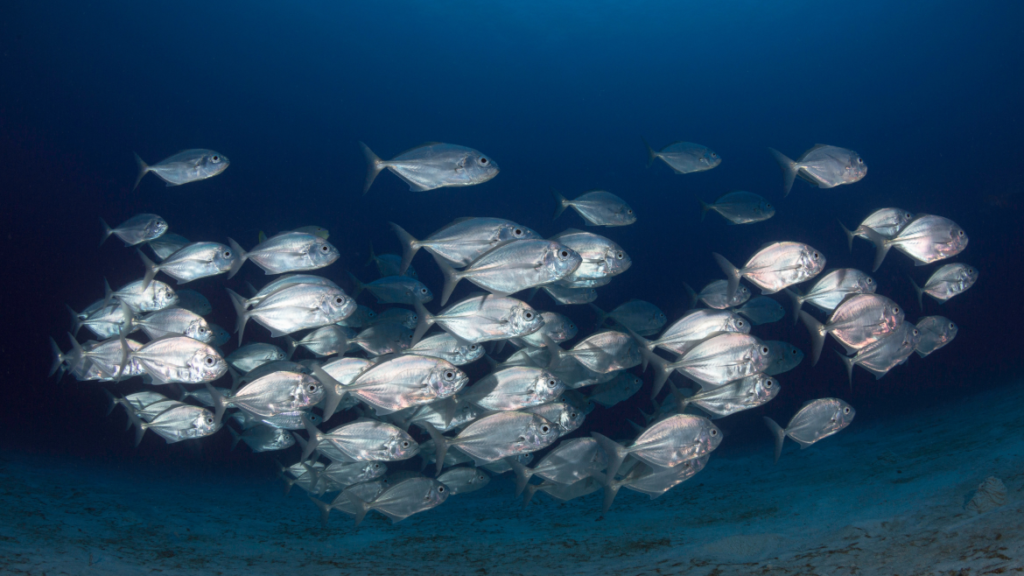
The blue bioeconomy is developing rapidly in Europe and benefits from strong research support and stakeholder involvement, but innovation is not equal everywhere in the EU.
The pilot study developed in Southern Italy, is related to the valorisation of fish processing residuals and algae for industrial applications (e.g., cosmetics, nutraceuticals). Beside the quality of the biomass produced from the most important value chains (aquaculture, fishery, processing sectors), is well known and the protocols for bioactive compounds production were scaled up at pilot level, the bottlenecks are represented by the lack of infrastructures and governance measures/business models for collection, stocking and selling of marine by-products.
A gap in the connection between production and end-users (e.g., companies in the sector of cosmetics, nutraceuticals and pharmaceuticals) is recognized.




Currently, the blue biotechnology sector in the Mediterranean area is at an early stage but it has great potential for development. The sector needs support in terms of policies, national and regional funding and marketing operations. The importance of the blue biotechnology sector is given by its great potential in many different areas, playing an important role in achieving sustainable goals and in particular one of its application areas includes the valorisation of fishery and aquaculture by-products (generated from fish processing) and wastes (fish by-catch).